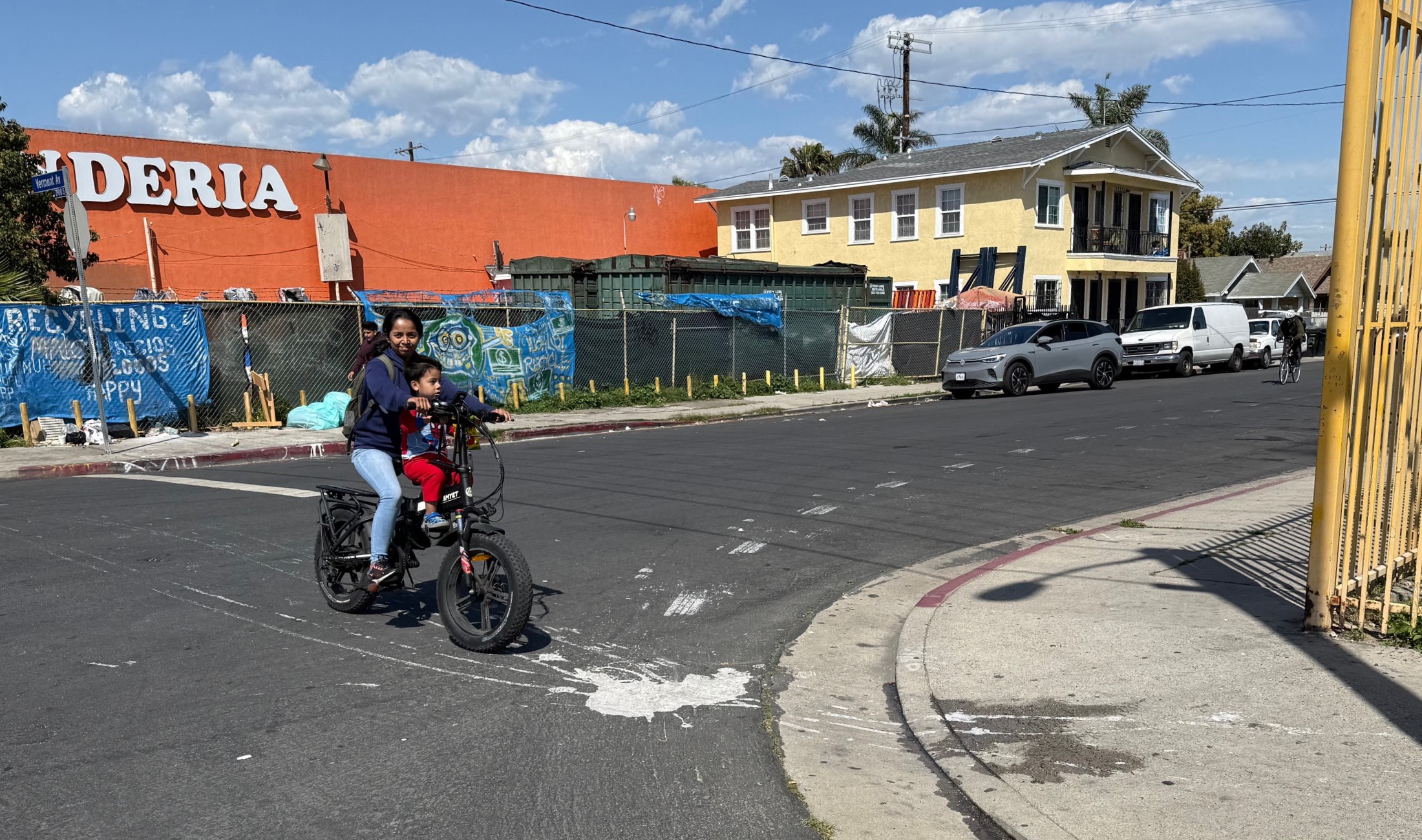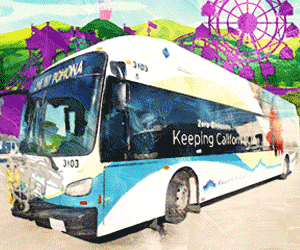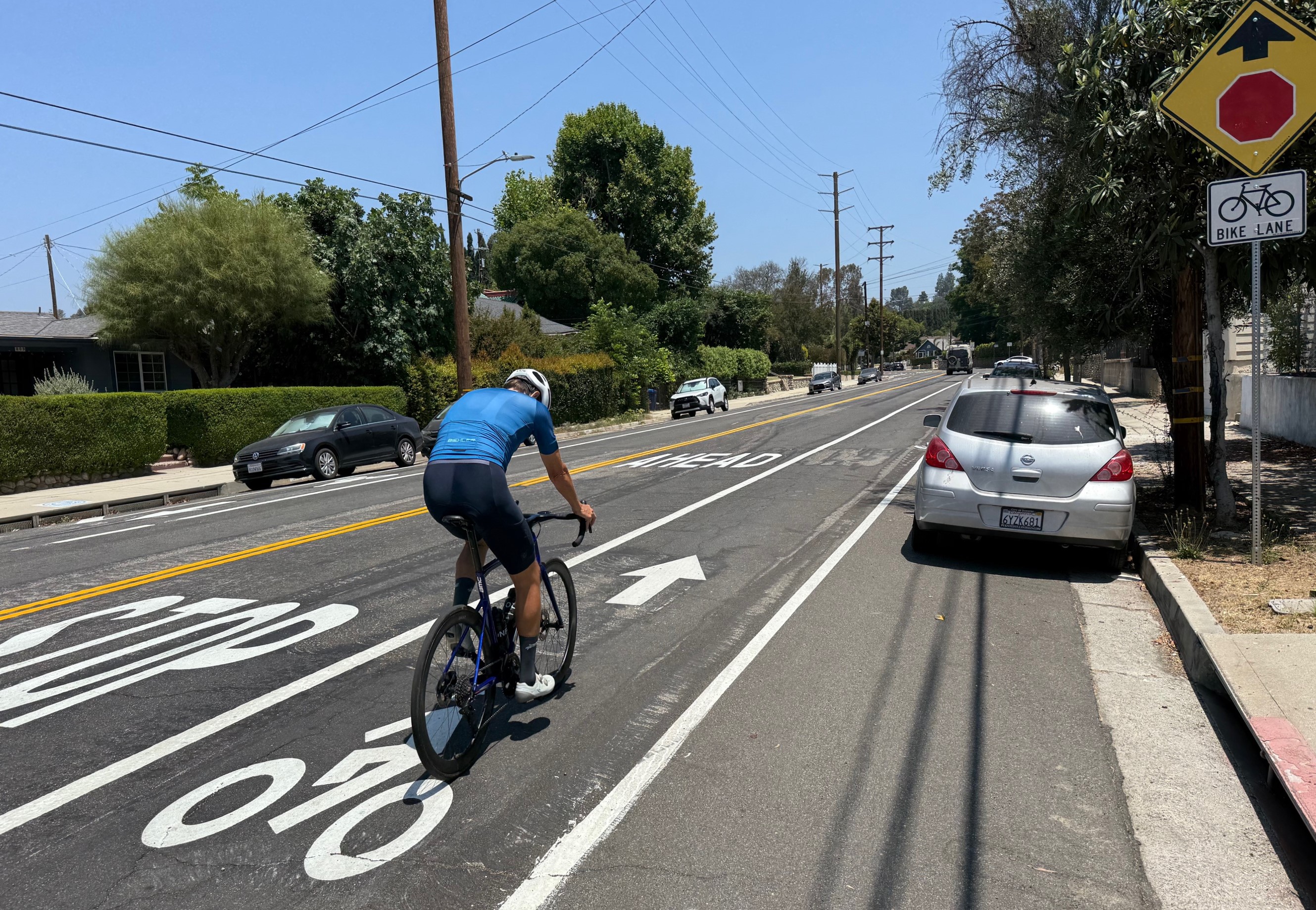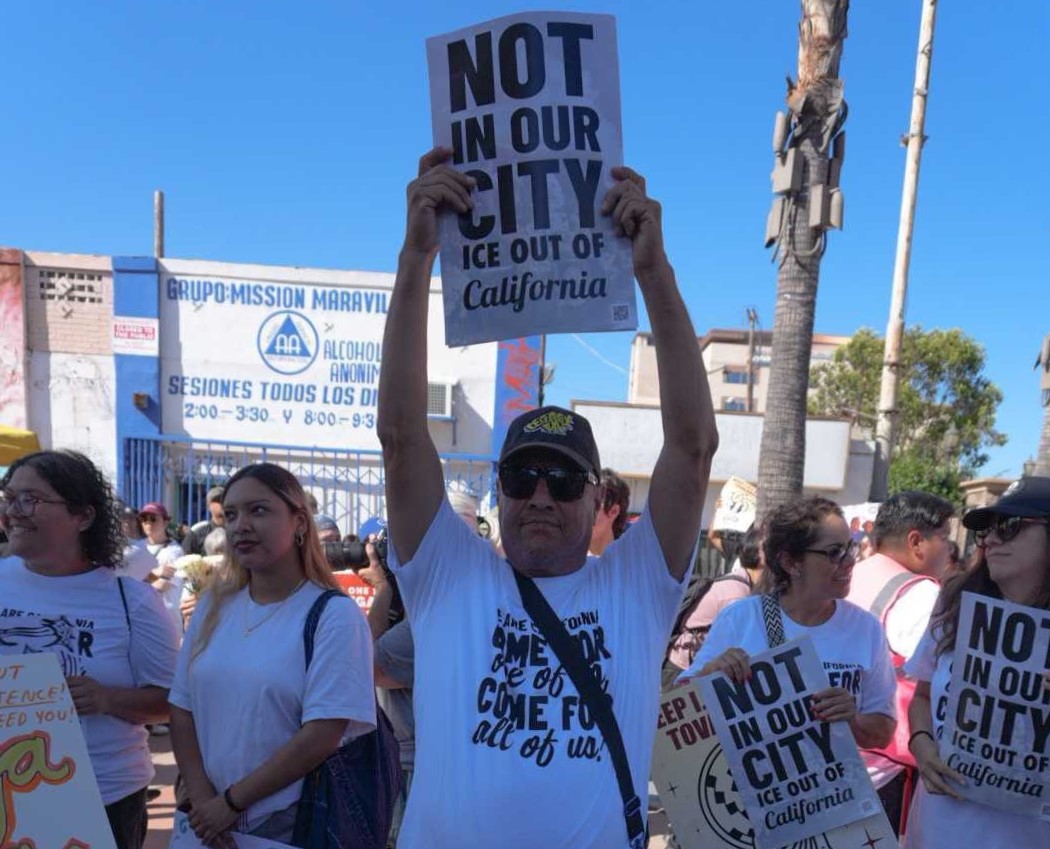Earlier this evening, the bicameral Budget Conference Committee approved a compromise between state legislators and Governor Brown on how to spend $850 million in revenues from the state's cap-and-trade system for the next fiscal year.
The new plan largely stuck to the Governor's original proposal for the first year of the expenditure plan, but it adds set-asides for transit and affordable housing, two important parts of the Senate's proposal. The compromise also incorporates an allocation method for funding in future years.
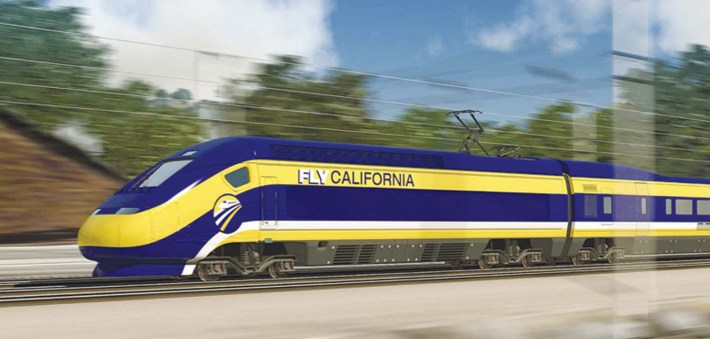
The compromise proposal sets aside $250 million for high-speed rail, which is what the Governor proposed, but future year allocations for the bullet train would be 25 percent rather than the 33 percent he requested. The Senate's proposal called for 15 percent allocated to high speed rail.
The agreement would split the $50 million Brown proposed for intercity rail, giving half to transit capital and construction costs and dividing the other half between transit operations and intercity rail. Future revenue streams would give 5 percent to each of the three categories, giving transit a solid, predictable source of funding for at least the next five years.
Brown's original proposal had no set aside for local transit, but the Senate, under the leadership of Darrell Steinberg (D-Sacramento), had countered the governor's plan by calling for $200 million for transit operating and capital expenses.
Steinberg's plan called for 20 percent of cap-and-trade funds to be spent on affordable housing near transit and sustainable communities planning. This would have amounted to about $170 million the first year. The current agreement would give this category of projects — which could include bicycle and pedestrian infrastructure and planning — about $130 million in the first year, with future allocations at 20 percent.
“This plan is good for California,” said committee co-chair Mark Leno (D- San Francisco). “With this proposal we will continue to not only lead the state but also the nation on this important issue of greenhouse gas emission reduction, when time is running out.”
Senator Jeff Gorell (R-Camarillo) objected to funding high-speed rail with cap-and-trade revenue, pointing to the recent decision in the House of Representatives to "defund" the project. He also complained that the greenhouse gas reduction resulting from the compromise would be “insignificant.”
The plan will be voted on as part of the entire state budget within the next few days, perhaps as late as Sunday. Everyday after Sunday that the budget is not passed results in a salary penalty to law makers that they appear eager to avoid. The new budget goes into effect on July 1.

